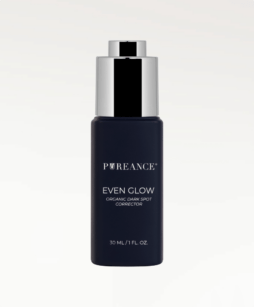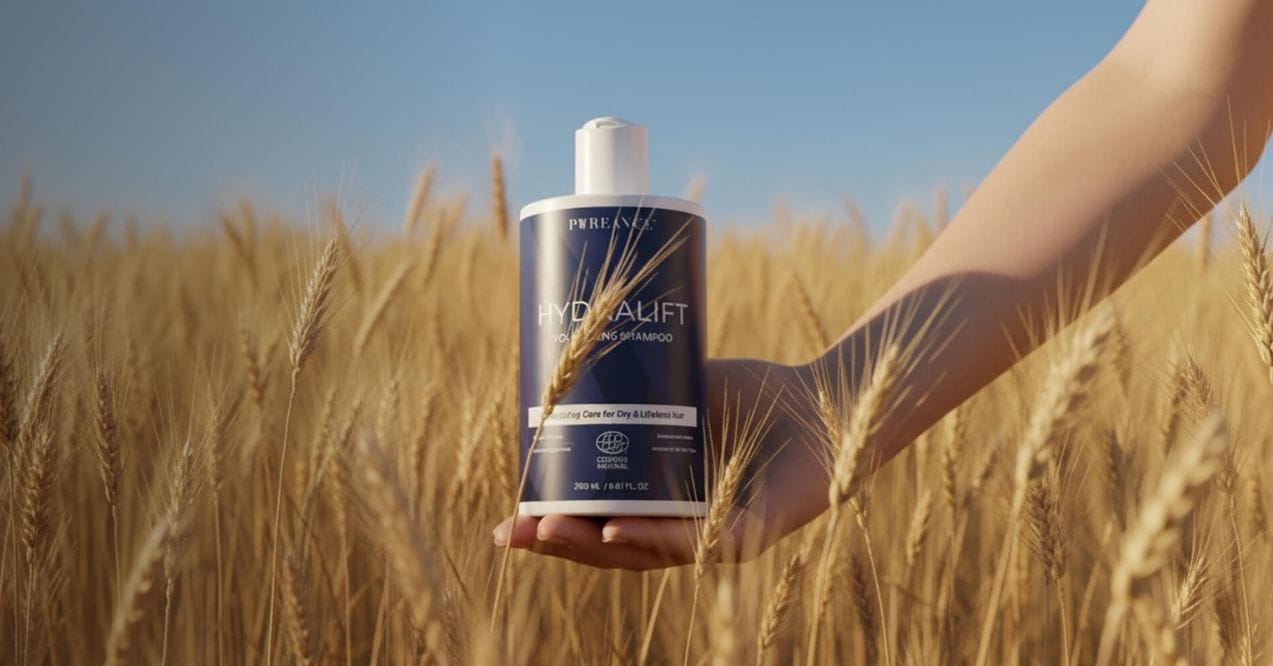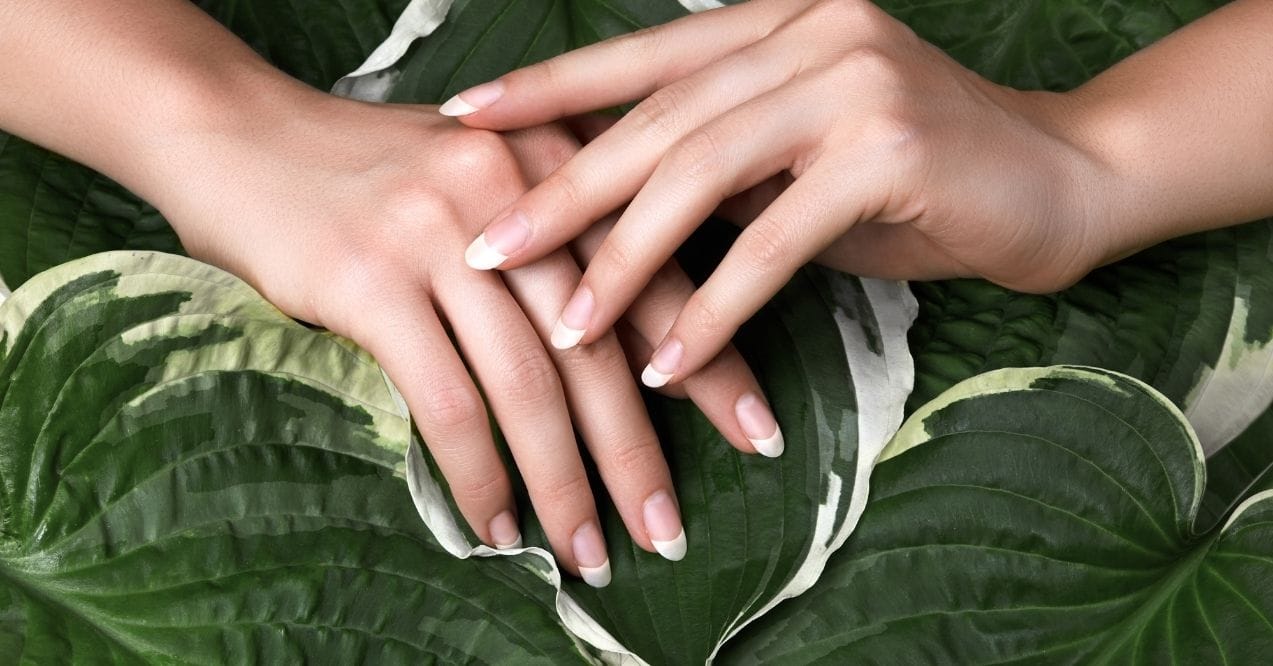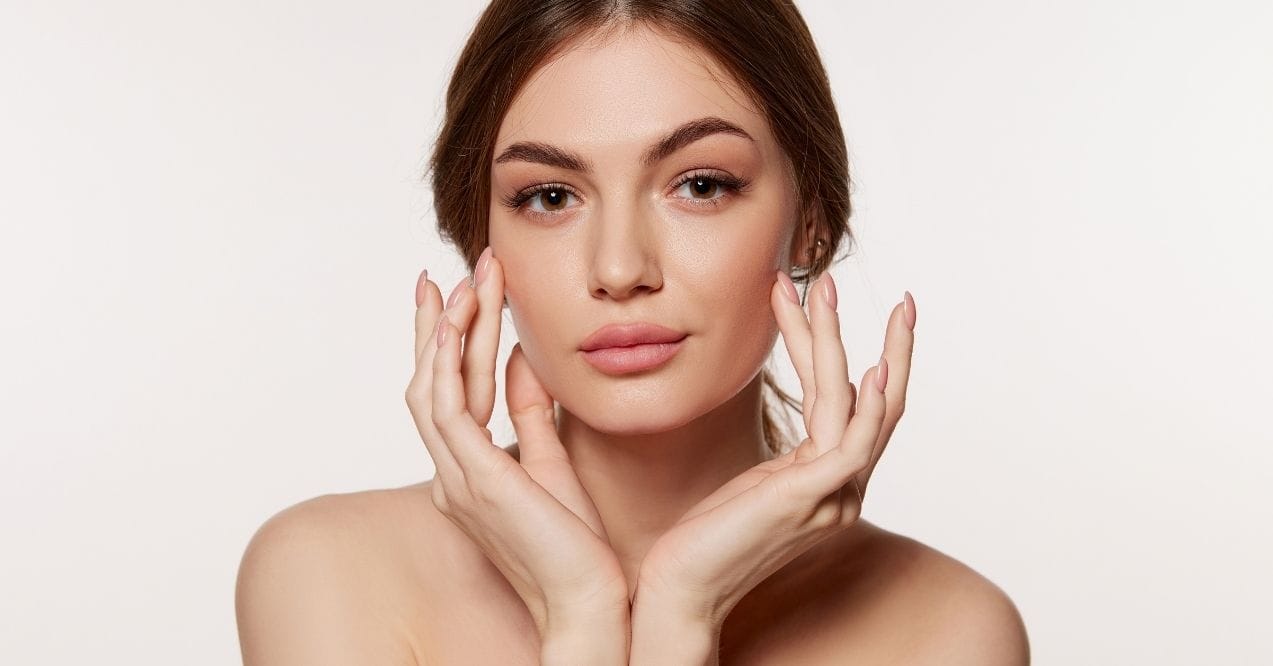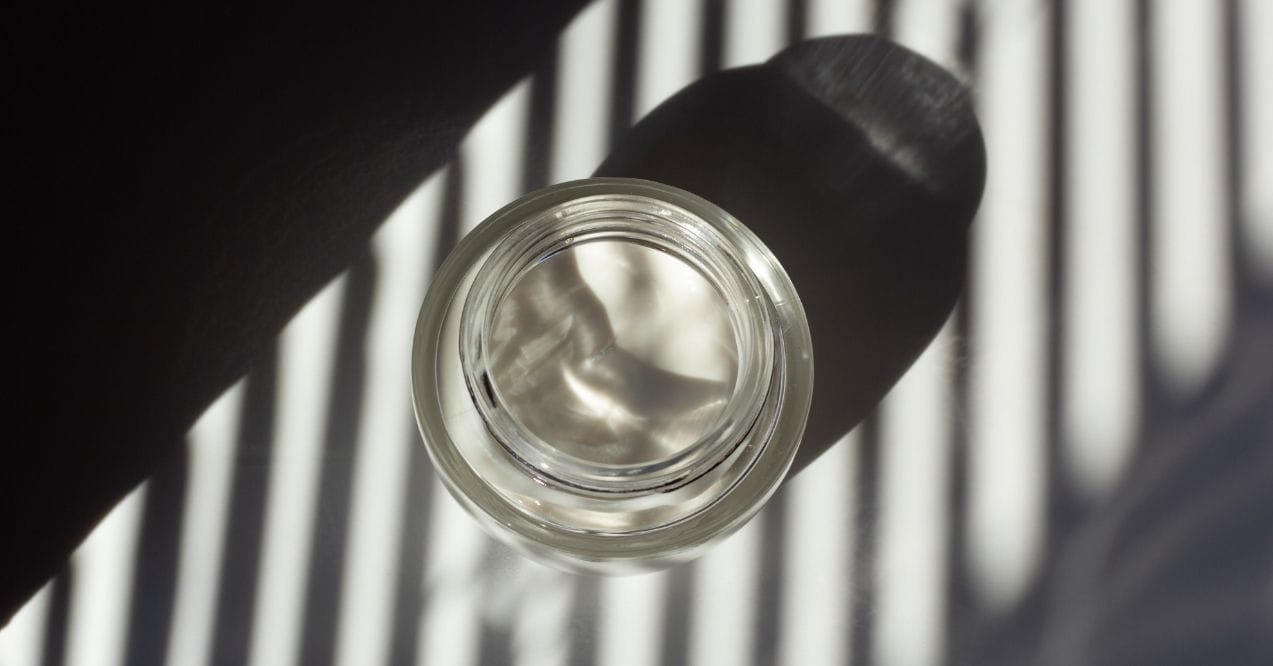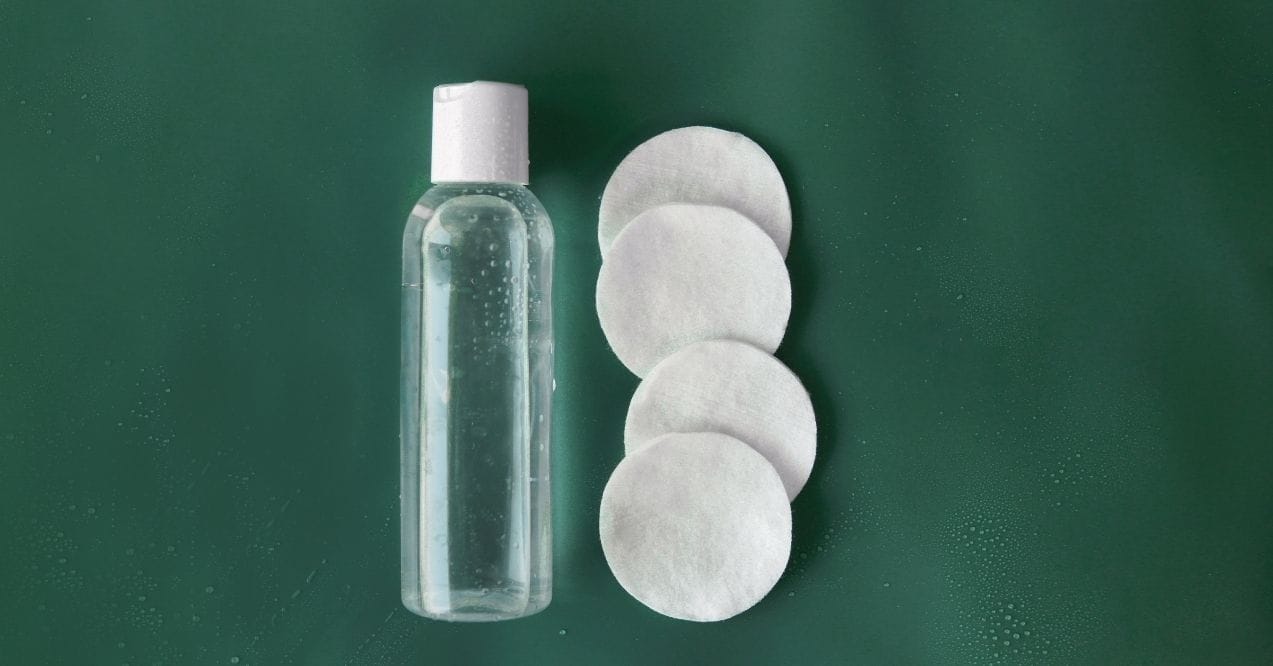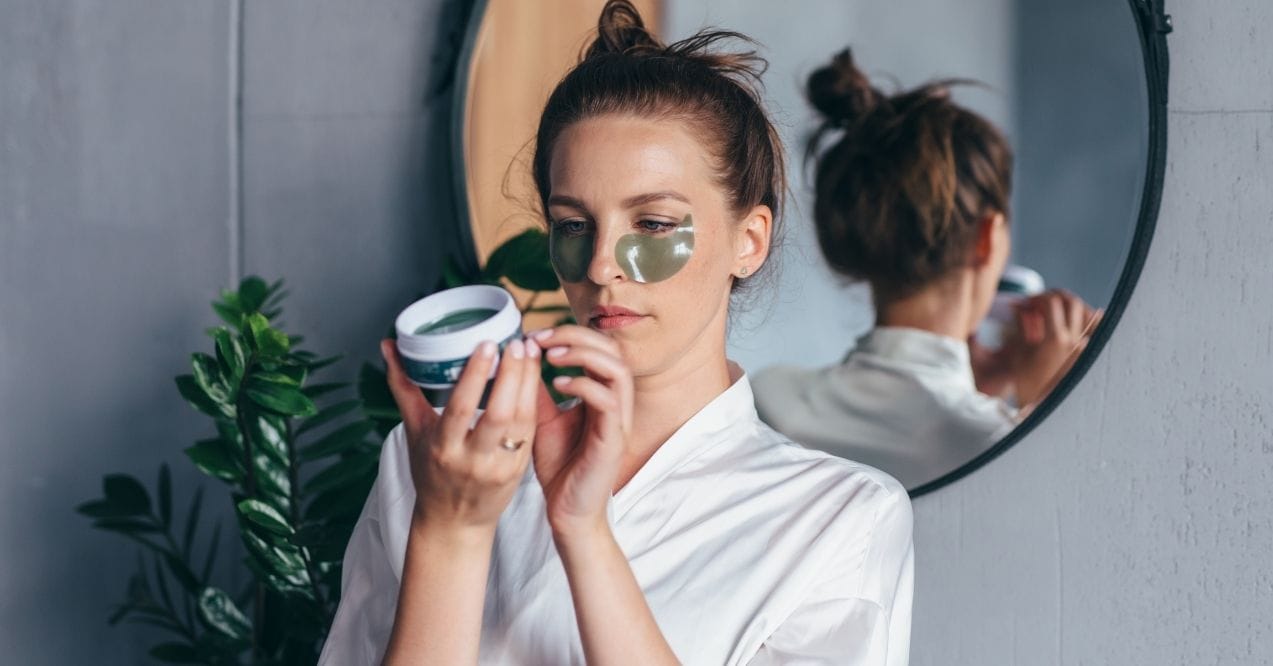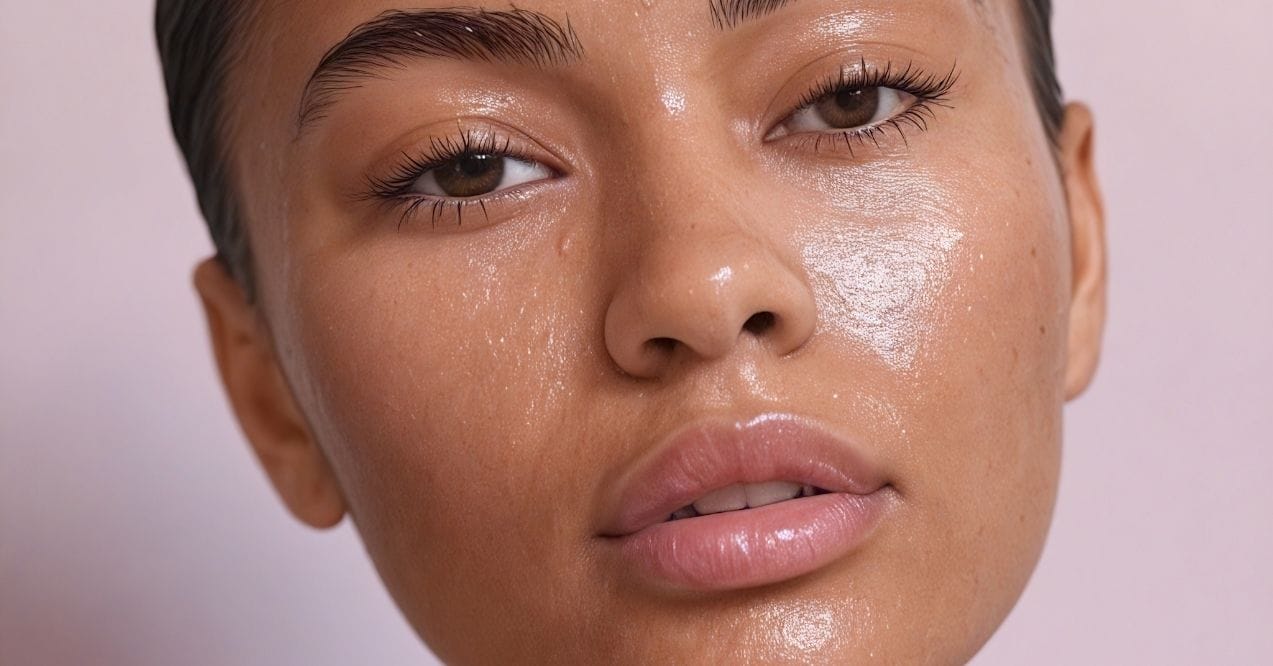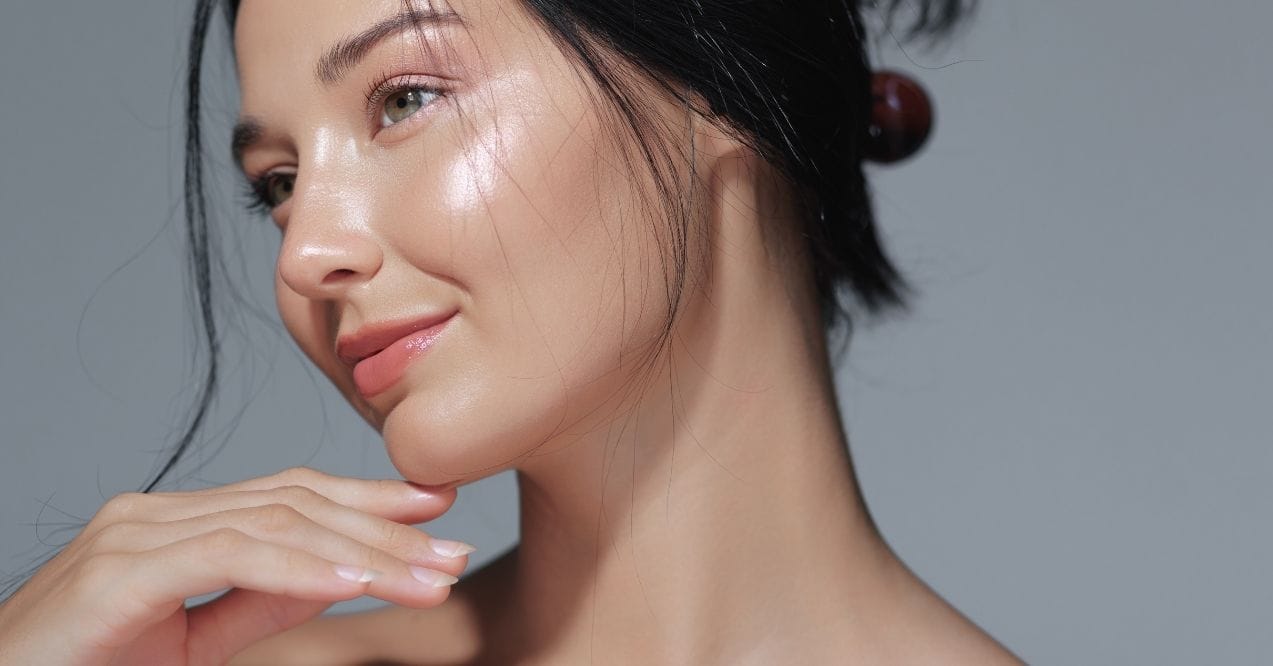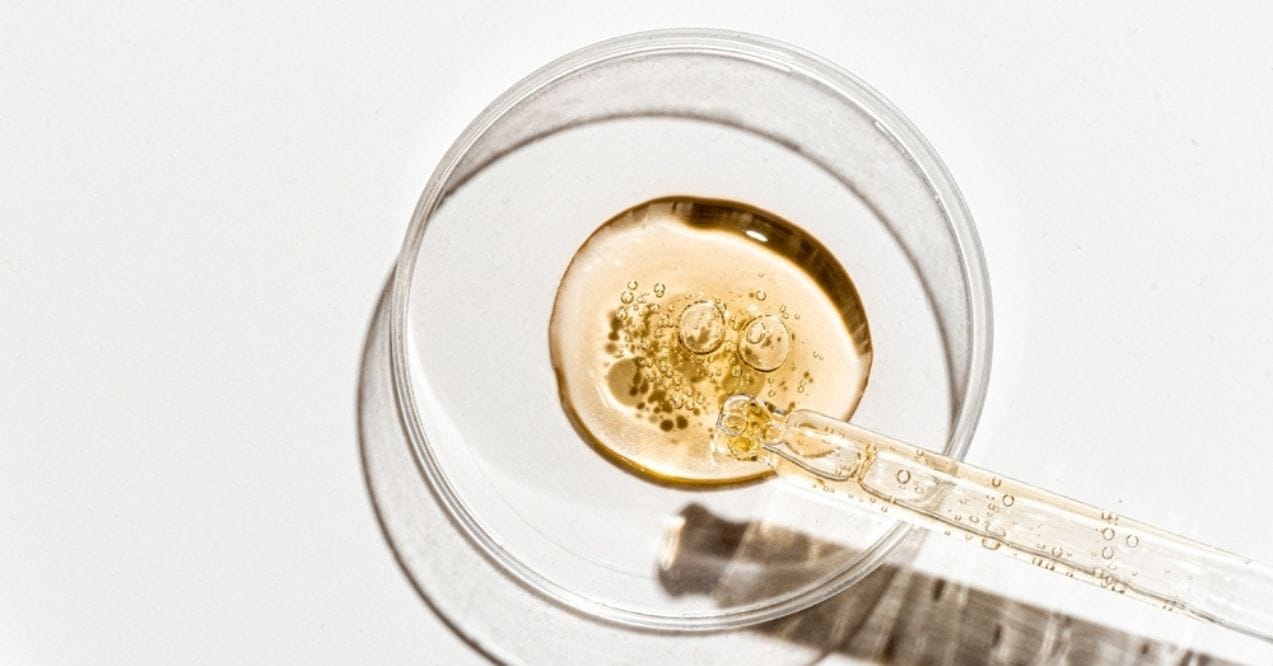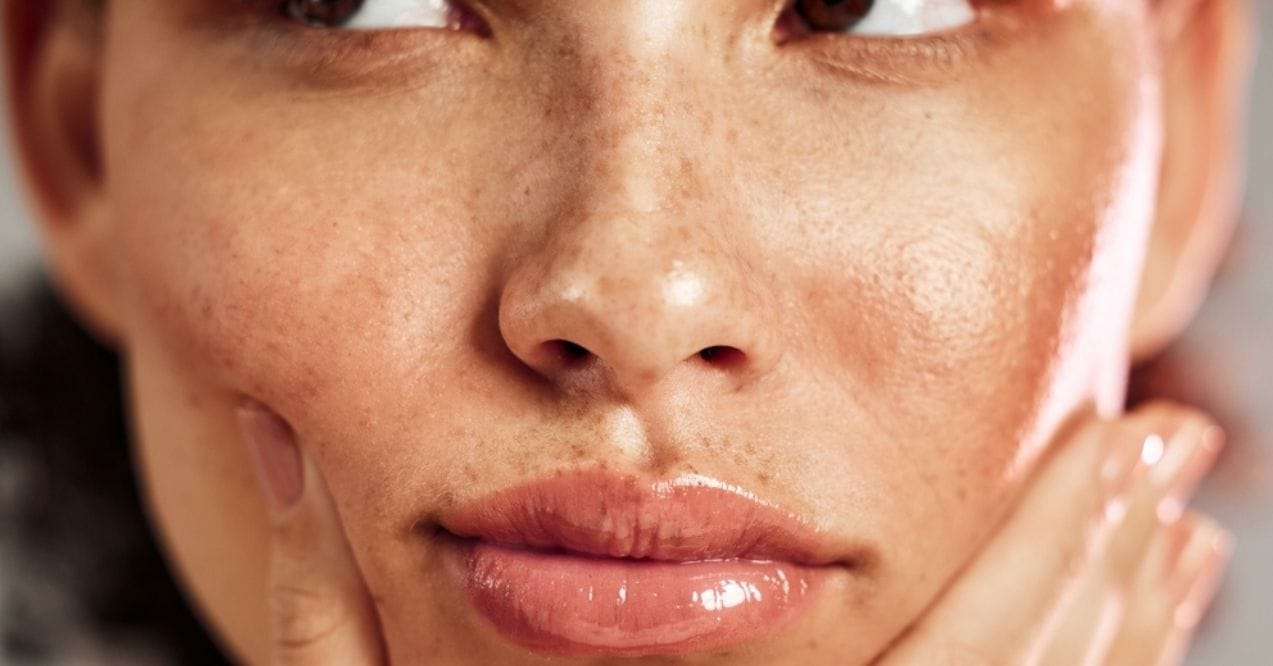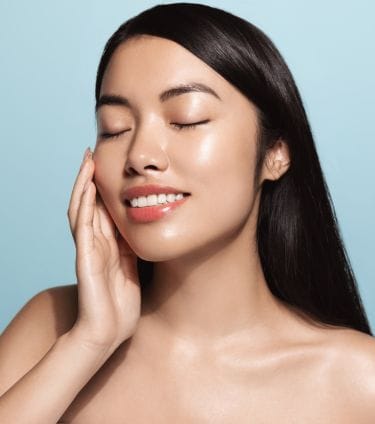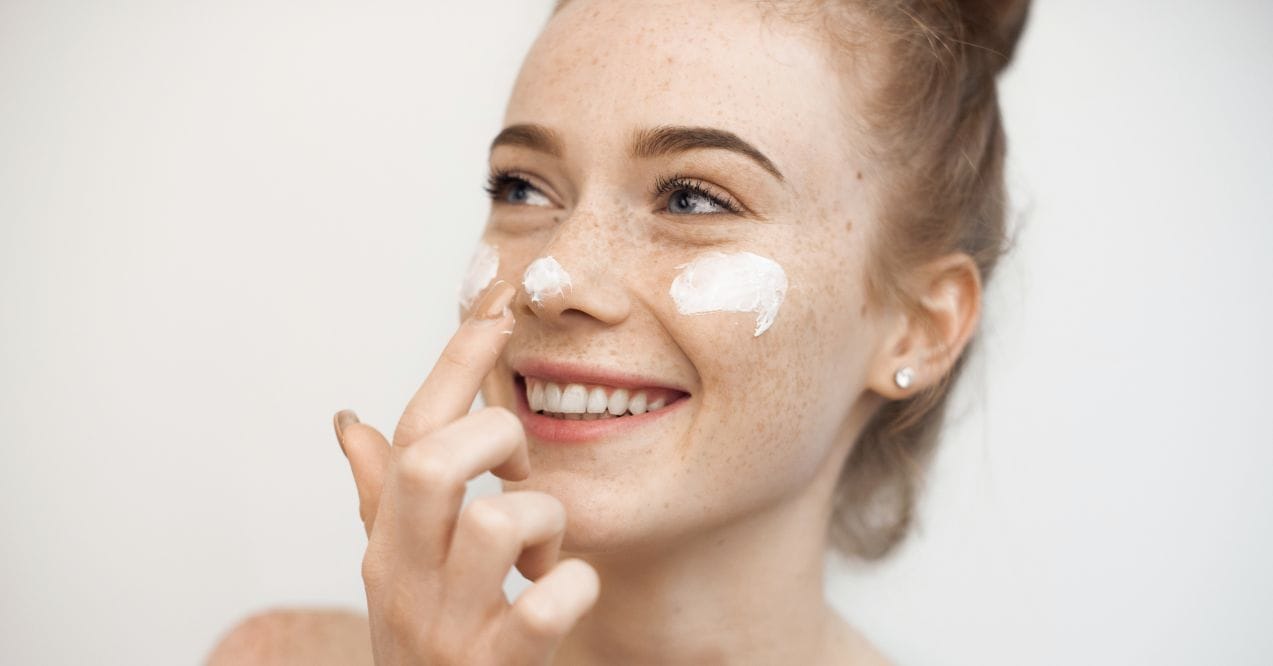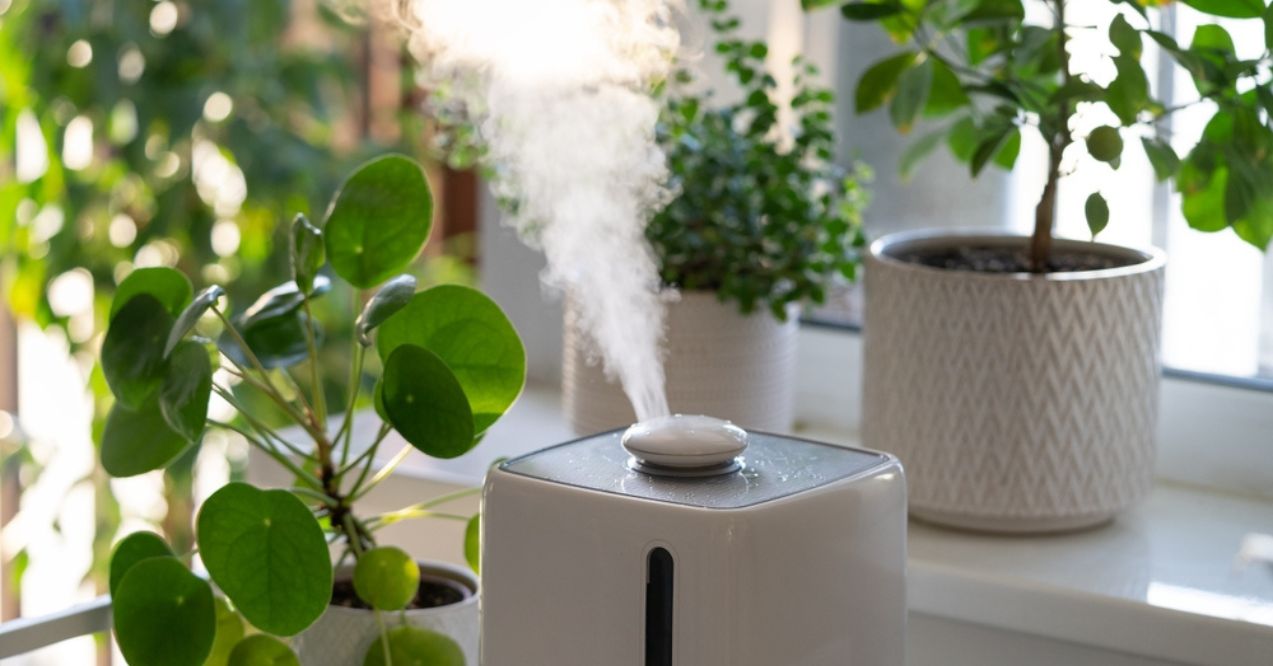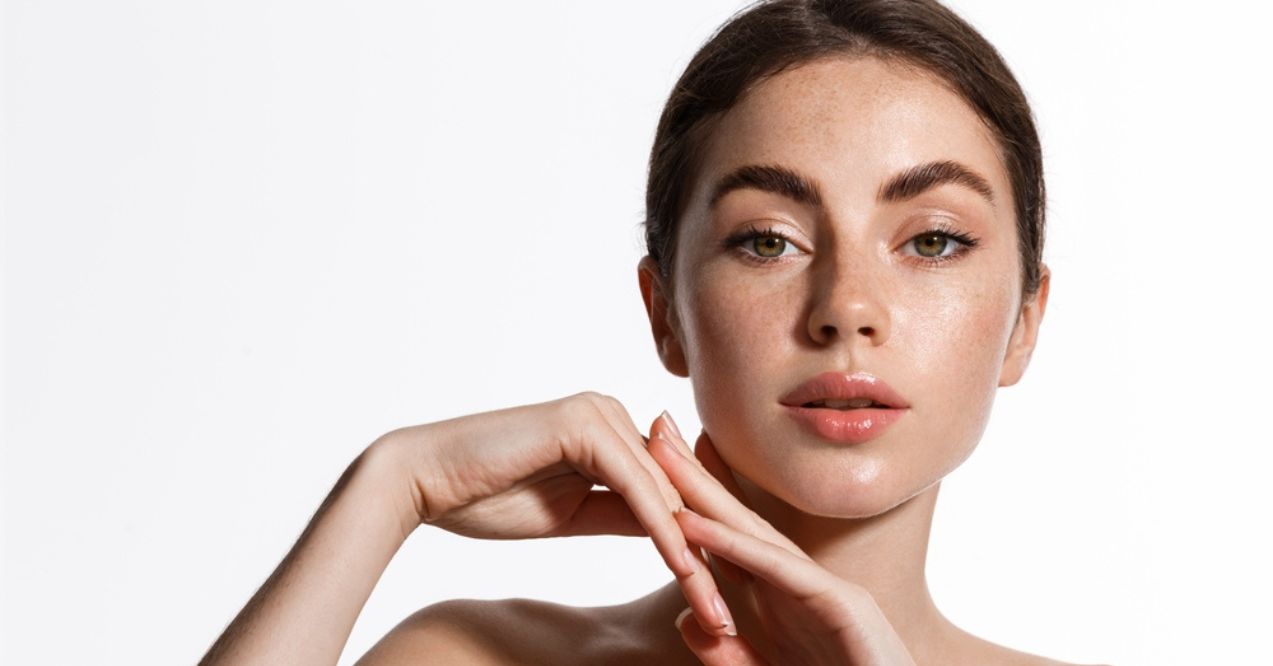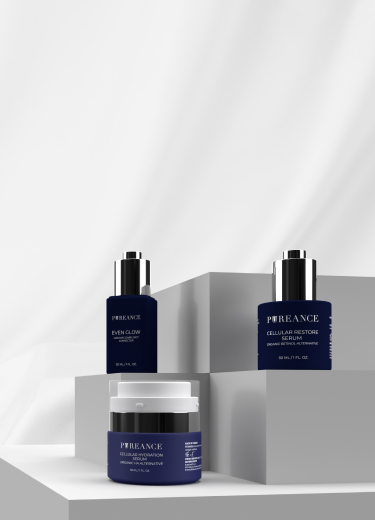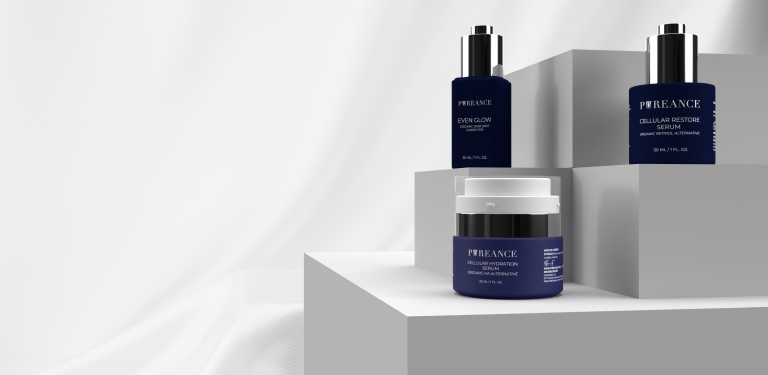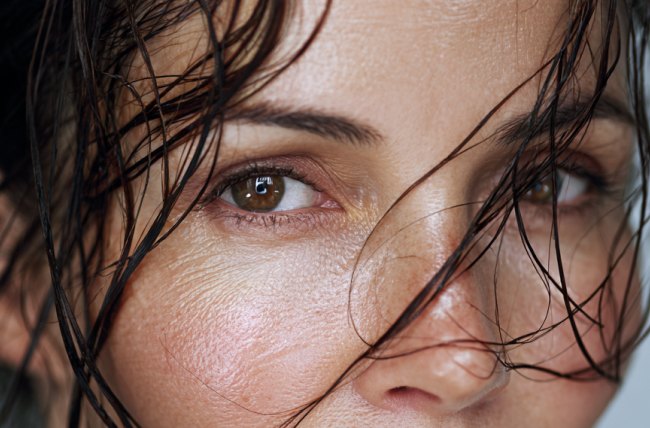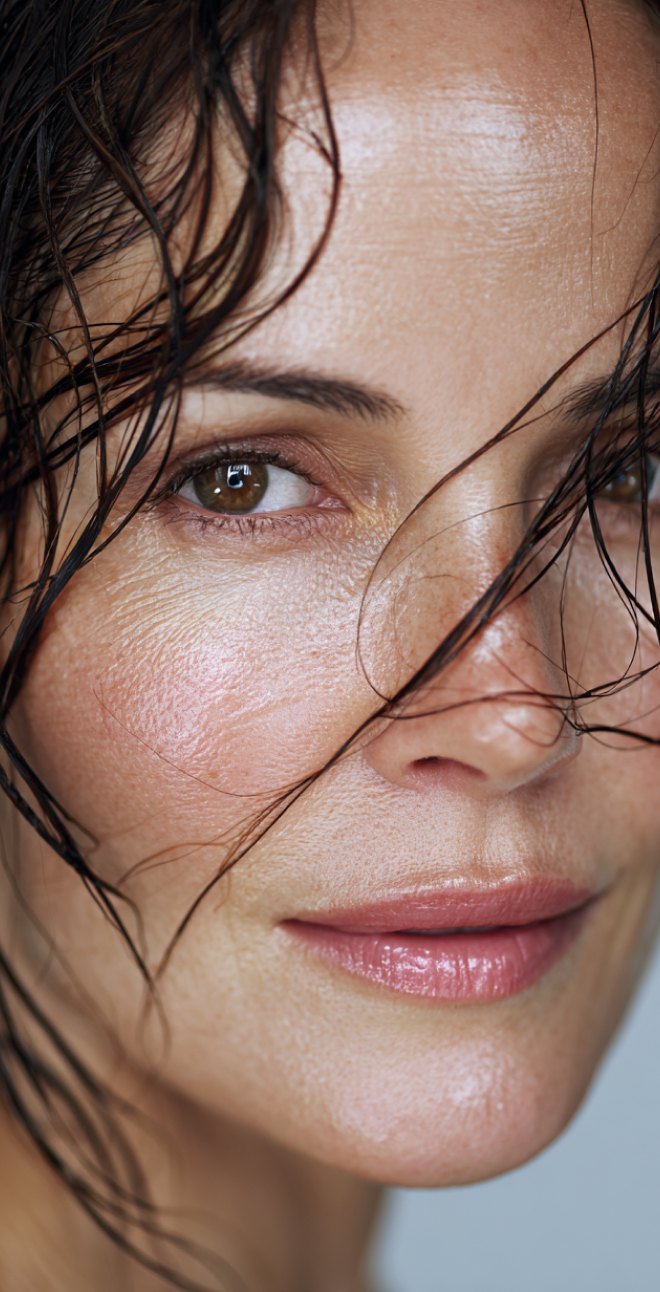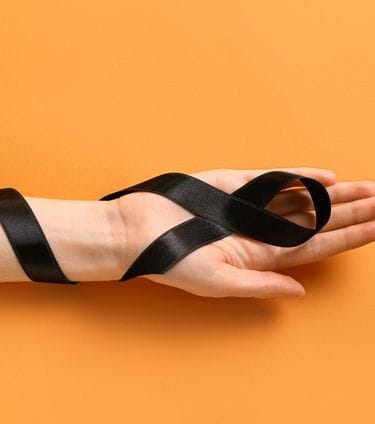
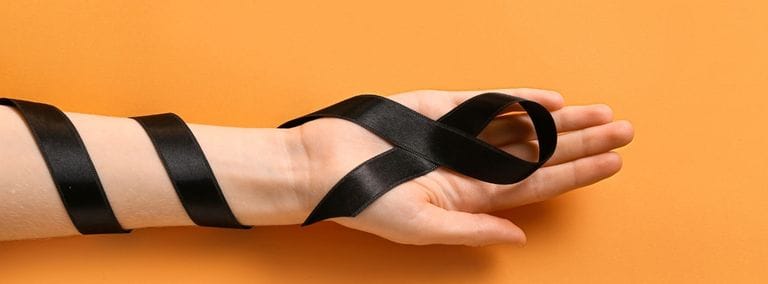

The ABCDEs of Melanoma: Why Regular Skin Checks Matter
As May marks Skin Cancer Awareness Month, it’s the perfect time to focus on protecting your most vulnerable organ – your skin. For women with mature skin, regular skin checks are not just recommended; they’re essential. With skin cancer affecting 1 in 5 Americans in their lifetime, and women facing increased risks, understanding how to monitor your skin can be lifesaving.
Understanding Skin Risk Factors for Mature Skin
As we age, our skin faces different challenges that require special attention, particularly for women with mature skin:
- Cumulative sun exposure – Decades of sun interaction – even brief daily moments unprotected – add up significantly over a lifetime, affecting skin appearance and health.
- Hormonal changes – Post-menopausal shifts can decrease skin thickness and alter its natural renewal processes.
- Natural defense changes – The skin’s protective functions naturally evolve with age, potentially requiring additional support.
Why Regular Skin Checks Are Important
Regular self-checks are crucial for understanding your skin’s unique condition and identifying changes early. By consistently examining your skin, you create a personal “skin map,” helping you recognize what’s normal and what might require additional attention.
Early detection of skin concerns can lead to timely treatment, preventing more serious conditions from developing. Additionally, routine checks promote a proactive approach to skin health, ensuring your skin gets the care and attention it needs to stay healthy.
The ABCDE Method: Your At-Home Skin Assessment Tool
The ABCDE skin assessment is a valuable method for monitoring your skin between professional visits. This straightforward technique helps you evaluate spots or marks on your skin by checking five key characteristics:
A – Asymmetry – Examine whether both halves of a spot look the same. Healthy spots tend to be symmetrical, while concerning ones may have irregular shapes where one half doesn’t match the other.
B – Border – Observe the edges of spots. Look for smooth, clearly defined borders rather than ragged, notched, or blurred edges.
C – Color – Note whether the color is consistent throughout. Healthy spots typically have uniform coloration, while concerning areas might show multiple shades – browns, tans, blacks, reds, whites, or blues.
D – Diameter – Measure spots with a ruler or compare to a pencil eraser (about 6mm). While size alone isn’t definitive, larger spots warrant closer attention.
E – Evolution – Perhaps most important – track changes over time. Document how spots evolve in size, shape, color, elevation, or symptoms like itching.
Creating a Skin Check Routine
Establishing a consistent skin check routine doesn’t need to be complicated. With a few simple strategies, you can create a sustainable practice that fits seamlessly into your life.
Choose a Consistent Time
Select a specific day each month for your skin check – perhaps the first day of the month or a date that’s easy to remember. Consider setting calendar reminders to help maintain consistency.
Create the Right Environment
Conduct your skin check in a well-lit room with:
- A full-length mirror
- A handheld mirror for examining hard-to-see areas
- Good overhead lighting or natural daylight
- A comfortable, private space where you won’t be rushed
Document What You See
Keep track of your observations by:
- Taking clear, well-lit photos of notable spots
- Creating a simple body map to mark locations
- Maintaining a skin journal with dates and descriptions
- Using consistent photography angles for better comparison
Focus on Often-Overlooked Areas
Pay special attention to spots that aren’t always visible in your daily routine:
- Between toes and fingers
- Behind ears
- Scalp (a hairdryer on cool setting can help part hair)
- Back of neck
- Lower back
- Behind knees
- Soles of feet
Proactive Skin Protection Strategies
Taking proactive steps to protect your skin is essential for maintaining its health and appearance. Here are key strategies to incorporate into your daily routine:
- Daily sun protection – Apply broad-spectrum SPF 30+ even on cloudy days, and reapply every two hours when outdoors. Look for formulations specifically designed for mature skin that offer hydration along with protection.
- Protective clothing – Embrace fashion that protects – wide-brimmed hats, UV-protective sunglasses, and clothing with UPF (Ultraviolet Protection Factor) ratings support your skin care efforts.
- Strategic timing – When possible, plan outdoor activities before 10 AM or after 4 PM when the sun’s rays are less intense.
- Environmental awareness – Seek shade when outdoors, especially during midday hours, and be mindful that reflective surfaces like water and sand can intensify exposure.
- Hydration support – Maintain skin’s moisture balance by drinking plenty of water and using hydrating skincare products appropriate for mature skin.
When to Consult a Dermatologist
While regular self-checks are valuable, certain signs warrant professional attention. Schedule an appointment with a dermatologist if you notice:
- Any spot that meets one or more ABCDE criteria
- A sore that doesn’t heal within 2-3 weeks
- A mole that’s changing, itching, or bleeding
- New growths in previously clear areas
- Spots that look different from others (the “ugly duckling” sign)
Conclusion
As Skin Cancer Awareness Month reminds us, caring for mature skin is both a responsibility and an act of self-love. By incorporating regular skin checks using the ABCDE skin assessment method into your routine, you’re taking a powerful step toward maintaining skin health.
Keep in mind that consistency matters more than perfection. Your skin has been with you through every moment of your life’s journey – it deserves this thoughtful attention. Make this month the beginning of a lifelong commitment to knowing and protecting the skin you’re in.
Understanding the ABCDs of melanoma (Asymmetry, Border, Color, Diameter) helps identify early warning signs of skin cancer, enabling prompt detection and treatment, which can significantly improve survival rates and prevent the spread of melanoma.
Checking moles regularly helps detect changes in their appearance, which can be early indicators of melanoma. Early detection improves the chances of successful treatment and prevents the progression of the cancer to more advanced stages.
Skin should be inspected monthly for any new or changing moles or spots. Regular self-exams help identify potential signs of skin cancer early, which is crucial for timely medical intervention and improving outcomes.
This site offers health, wellness, fitness and nutritional information and is designed for educational purposes only. You should not rely on this information as a substitute for, nor does it replace, professional medical advice, diagnosis, or treatment. If you have any concerns or questions about your health, you should always consult with a physician or other health-care professional. Do not disregard, avoid or delay obtaining medical or health related advice from your health-care professional because of something you may have read on this site. The use of any information provided on this site is solely at your own risk.
Nothing stated or posted on this site or available through any services are intended to be, and must not be taken to be, the practice of medical or counseling care. For purposes of this agreement, the practice of medicine and counseling includes, without limitation, psychiatry, psychology, psychotherapy, or providing health care treatment, instructions, diagnosis, prognosis or advice.
